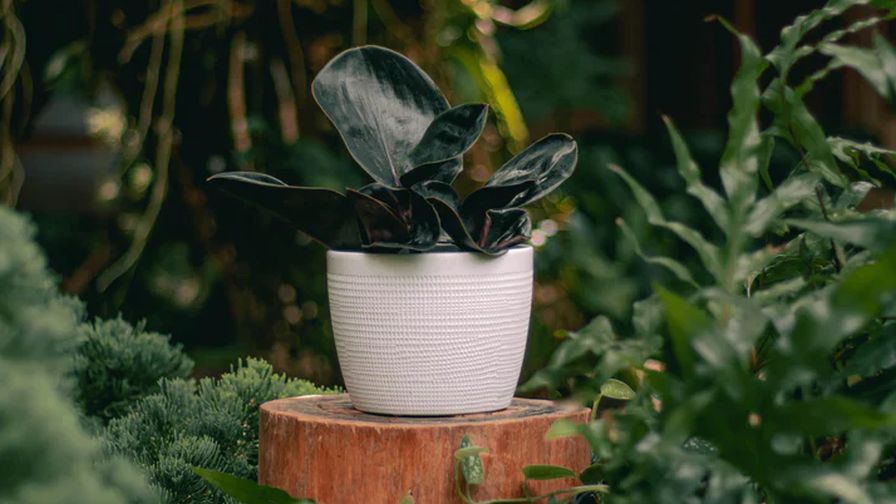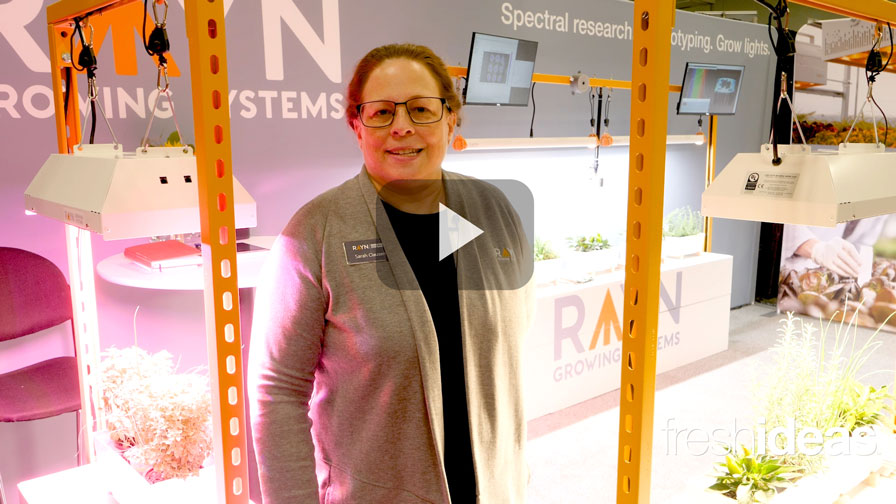Consumer Education is a Cornerstone of E-commerce Operations

Metrolina Greenhouses’ Direct-to-Consumer (DTC) Operations Center is in Huntersville, North Carolina. Photo: Metrolina Greenhouses
Editor’s Note: This is the final installment of a three-part series on e-commerce. You can find the first part here and the second part here.
Growers have described the e-commerce world as the “wild west,” noting that everyone navigates through unforeseen challenges with direct-to-consumer operations. One of the biggest lessons learned, according to Mason Day, Director of Growth and Development at J.R. Peters, is consumer education.
In 2014, Day co-founded an app called GrowIt! with Seth Reed. They sought to help consumers make purchasing decisions on their phone before they entered the garden center. Their goal was to serve as a Yelp-equivalent service to connect consumers with plants they would like to buy. If an individual saw a plant while walking down the street, the app would help the person identify the plant and find it in a local garden center. The GrowIt! App ended in 2020 with 1 million users.
“One of the biggest things I’ve seen in the last five to seven years is that the industry is figuring out that we can no longer be a place where we create a plant and it sells. We can’t just create cultivars of petunias or impatiens, they go to a box store, and it flies off the shelves,” Day says.
“Now with new and old plants, there’s a facet of consumer education. Consumers want to know more. They are less trained naturally than consumers in the past. They are generations away from the farm. In the past, folks had tribal knowledge that they got from their parents. Now it’s found online,” Day says.
A major change in the industry over the last few years is responsibility, Day says. Purchase decisions are made online weeks in advance instead of at the garden center. Growers are learning how to reach consumers before they arrive at the store.
Growers Must Engage with Consumers
Bert Hucks, Vice President and General Manager of Costa Farms’ E-commerce Division, says Costa’s consumer engagement team provides educational information. Costa has dedicated significant resources toward understanding its consumers and making great products for them. Many young people are entering the industry as consumers, and Hucks says Costa is prepared to answer their questions.
“We get tens of thousands of consumer interactions per month,” he says. “Those are consumers reaching out saying, ‘I have a question, and I want to talk to you about this.’ People on our consumer engagement team answer their questions.”
Growers also need to know the cost of their e-commerce services. It is twice as expensive for the grower to ship live goods direct-to-consumer than when customers buy their plants in a store, Hucks says. It is important for growers to understand and think about the cost of goods sold and the cost to serve the online customer. Due to the higher cost, consumers buying plants online may not be the same consumers who would buy the plants at a lower price in a garden center. However, today’s consumers value convenience.
“People are willing to pay an upcharge for the convenience factor,” says Justin Hancock, Senior Brand Marketing Manager at Costa Farms.
Four Consumer Niches in E-commerce Market
Four consumer niches have emerged in direct-to-consumer operations, according to Metrolina Greenhouses Chief Marketing Officer Mariah Holland. “Time-Starved Sally” values time over money, while “Hybrid Harry” knows exactly what he wants and cannot find it in a store. “Left-Out Lucy” missed the seasonal influx of plants but wants to finish or start her landscaping project.
“Commercial Chris” has a client request and needs the live goods now.
“Consumers are eager to learn and want to succeed, and we have a responsibility to help them,” Holland says. “We are constantly creating content to connect with consumers through education and inspiration. We aim to enhance and engage the digital space with meaningful and reliable information.”
Website Must Attract Online Consumers
In order to pull in customers, a grower’s website must be informative, easy to use, and aesthetically-pleasing. Liz Hughes, Co-owner of Groovy Plants Ranch (GPR) in Marengo, OH, says the website must tell a story. GPR’s website lists awards, news articles, and information on how GPR engages in environmentally sustainable practices. There is a section for other interesting things to do while visiting GPR, including links for a local brewery, record store, and going on a scenic airplane ride.
Hucks of Costa Farms says its website offers consumers care tips and provides a link to ask questions. There are also educational videos to help consumers take care of their plants.
“Just because you have a website doesn’t mean people will go there,” Hucks says, noting the importance of providing valuable information on the website.
Tom Watson, Director of Marketing and E-commerce for The Perennial Farm in Glen Arm, MD, says direct-to-consumer sales require a different level of education. When growers started selling plants on Amazon, some of the posts were misleading, Watson says. There were pictures of flowers when the product sold was actually seeds, for example.
“You never get to talk to the people who are getting your stuff. That’s the real trick,” Watson says. “You can never explain anything to anyone outside of what they receive in the box. There’s always a disconnect there.”
To thrive with direct-to-consumer shipping, growers must understand their consumer, including their wants, needs, and challenges. By thinking like a consumer instead of a grower, growers will succeed in the e-commerce market.









